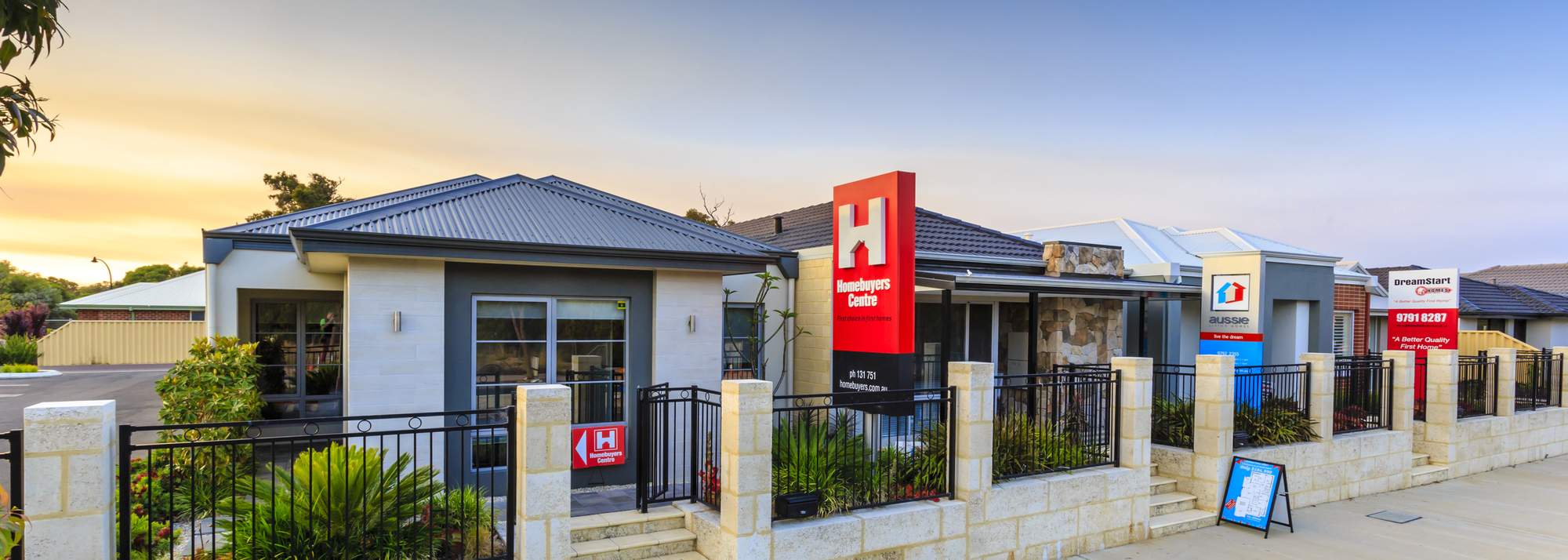LD Total's top tips for maintaining your new garden
Industry News
LD Total's top tips for maintaining your new garden
News

Property is an excellent investment. In fact, CoreLogic’s Profile of the Australian Residential Property Investor report found that, as an asset, real estate is worth more than both Australian superannuation and listed stocks.
So, today we’re going to cover smart property investment tips to help you get started in this massive industry. Specifically, we’ll cover investing in land – one of the best real estate investments a person can make. How do you become a smart property investor? Let’s cover the key pillars: strategy, finance and good research.
1. Set a clear goal
Are you investing to build a retirement fund? Accumulate wealth? To generate passive income? Set a clear goal, as this will define what land is right for you. For example, this might be investing for long-term capital growth, or building to sell for profit.
2. Set emotion aside
When you’re looking at a lot or a community, set your emotions aside. A smart property investor sees the numbers – great yields, high growth (both of which we cover shortly), cash flow and so on – and then compares those to their primary goal to determine whether an investment is right or not.
Before taking any further steps, seek professional property investment advice.
3. Seek professional advice
Before taking any further steps, seek professional property investment advice. Tell your adviser your situation and your goals so they can help you work through the following steps smartly, quickly and safely.
4. Know your lifetime costs
Common lifetime costs associated with land investment include:
The good news is, as a property investor you may be entitled to certain tax concessions that allow you to offset some of these costs, such as maintenance and property manager fees, against your taxable income. Talk to your financial professional about what tax options are available to you.
5. Check if assistance is available
While the First Home Owners Grant and First Home Super Saver Scheme are common ways Australians finance their new homes, these are not available to property investors. Neither are the more recent First Home Guarantee or Family Home Guarantee schemes currently being overseen by the Australian government. In WA, Keystart loans are also not available. That said, you may be able to use the equity on your existing property to fund any new investment properties you might be considering, or a guarantor may help secure your next deposit. Talk to your financial professional about both of these options to see if they apply to you.

Unlocking your existing home’s equity by refinancing your mortgage is one way to afford investing in new land.
6. Know your borrowing power
You need to plan out a few key things before borrowing:
7. Plan for risks
Financial risks could include natural disasters, unexpected maintenance, prolonged vacancies, and similar, sudden expenses. Building a buffer for these into your budget could save you from defaulting on your investment property loan in the event that your property becomes ’negatively geared’ (earns less than you spend).
8. Get pre-approval
Loan pre-approval offers a significant advantage for potential property buyers in Australia’s competitive market. With a pre-approved loan, buyers have a clear understanding of their budget, which can be instrumental when navigating fast-paced property markets. Especially in sought-after new communities, having loan pre-approval can make the difference between securing a preferred lot and missing out.
Sellers and real estate agents often perceive pre-approved buyers as more serious contenders, giving them an edge in negotiations or bidding scenarios. In essence, loan pre-approval empowers buyers to act swiftly and confidently, ensuring they’re well-positioned to seize opportunities in the property market.
9. Seek advice
Before searching for your land investment, seek professional real estate advice. A real estate agent can help you understand the market more clearly, and help you choose a sensible, investment grade property in the right community.
10. Find growth areas
Buying land in a growing community could lead to capital gains in the future, whereby your land and property value increases over time. You can then sell your property for a profit. Talk to your real estate agent or estate manager to understand whether your preferred community is in a growing area.
11. Find areas of high yield
Rental yield is the amount of rental income you will earn each year through your tenants. A perfect storm for investors is an area of high popularity but low vacancy rates – that way demand exceeds supply, and rental yields may increase. You can use free reports from realestate.com.au and Residex to gauge rental yields in an area, or you can talk to your real estate agent.
Some developers also gain high rental yields by purchasing leaseback lots. This is when the developer sells a lot then leases it off the buyer, typically for use as a display home. These properties often have higher rental yields than the area average, although there are potential drawbacks that must be researched before purchasing.
12. Think about your tenants
The more appealing your home and community, the easier it will be to find tenants. The most important amenities to Australians, according to a Satterley customer survey, are:
13. Look at future developments
If ideal amenities aren’t present right now, check in with the council, your real estate agent or your community estate manager to determine what is planned or in development. Property values may increase as an area becomes developed, leading to capital gains in the future.
14. Be wary of ‘hot spots’
Property ‘hot spots’ are areas where there is expected high growth. Be cautious when approaching a hot spot. Some are caused by price spikes due to newly developed amenities and accompanying market buzz, but when the boom ends this spike may not have been representative of actual capital gains, resulting in a loss. That said, sometimes hot spots are perfect investments – you just need to get advice first.
Ready to take the next step? Learn more about investing in some of Australia’s most popular communities by checking out our land for sale today.